
Fundamentals
The concept of Heritage Understanding, particularly as it relates to textured hair, signifies a profound and layered comprehension of the ancestral, cultural, and personal narratives woven into each strand. It is a recognition that hair, far from being a mere aesthetic feature, embodies a living lineage, carrying the genetic echoes of distant kin and the collective memory of traditions spanning centuries. This initial delineation of Heritage Understanding begins with the most elemental aspects, a gentle introduction to its expansive scope for those stepping into this knowledge.
At its fundamental level, Heritage Understanding is the acknowledgment of the biological uniqueness of textured hair across Black and mixed-race communities. This biological distinction, characterized by varied curl patterns, density, and follicular structures, is not an arbitrary trait. Instead, it represents generations of adaptation, a testament to the resilience embedded within ancestral genetic codes. To grasp this initial meaning is to begin seeing hair not as a blank canvas, but as a deeply inscribed tablet holding ancient wisdom and adaptive triumphs.

The Genesis of the Strand
The very structure of textured hair speaks volumes about its origins. Each coil, kink, and curl arises from the specific morphology of the hair follicle—its elliptical shape, the angle at which it emerges from the scalp, and the uneven distribution of keratin proteins. This biological architecture directly influences the hair’s inherent spring, its unique light-reflecting properties, and its natural predisposition to shrinkage.
This foundational understanding allows for an appreciation of textured hair’s intrinsic design. For centuries, ancestral communities observed these inherent characteristics, devising care practices that worked in tandem with, rather than against, the hair’s natural inclinations.
In ancient civilizations, the careful observance of hair’s elemental biology was paramount. They understood, through generations of direct interaction and transmitted wisdom, that tightly coiled strands required specific moisture retention strategies and gentle handling to prevent breakage. This observation was not a scientific theory in the modern sense; it was an embodied, practical knowledge, passed down through familial lines. This practical application, born from direct engagement with the hair’s fundamental nature, formed the earliest strata of Heritage Understanding.

Ancient Whispers of Care
Before the advent of manufactured products, ancestral communities relied on the bounty of their natural environments to nourish and maintain hair. These practices, honed over millennia, represent a foundational layer of Heritage Understanding. The very preparation and application of natural elements—from plant extracts to animal fats—were rituals imbued with intention and generational learning. These ancient rituals illustrate how an initial, direct relationship with hair and its needs shaped early care paradigms.
Heritage Understanding, at its most elemental, is recognizing the deep, inherited knowledge and adaptive narratives within each textured hair strand.
Consider the use of specific botanicals. For example, in various parts of West Africa, Shea butter (derived from the nuts of the Shea tree) has been used for centuries not just as a skin emollient, but significantly as a hair conditioner and protectant. Its emollient properties, recognized through direct experience, provided a barrier against environmental stressors and sealed in moisture, addressing the inherent dryness often associated with coiled hair textures.
Similarly, plant-based clays and roots served as ancient cleansing agents, respecting the hair’s delicate structure and maintaining its natural oils. This wisdom, transmitted through oral traditions and communal practice, forms the bedrock of our present Heritage Understanding.
- Shea Butter ❉ Utilized for deep conditioning and sealing moisture, protecting hair from harsh climates.
- Baobab Oil ❉ Valued for its rich fatty acid profile, offering nourishment and improving hair elasticity.
- Chebe Powder ❉ A Chadian tradition, applied to hair to strengthen strands and reduce breakage, promoting length retention.
The initial insights into Heritage Understanding thus emerge from a deep, almost instinctual connection to the hair itself—observing its unique characteristics, understanding its inherent needs, and developing methods of care that resonated with its biological truth and the natural resources available. This elemental comprehension laid the groundwork for more complex cultural expressions of hair identity.
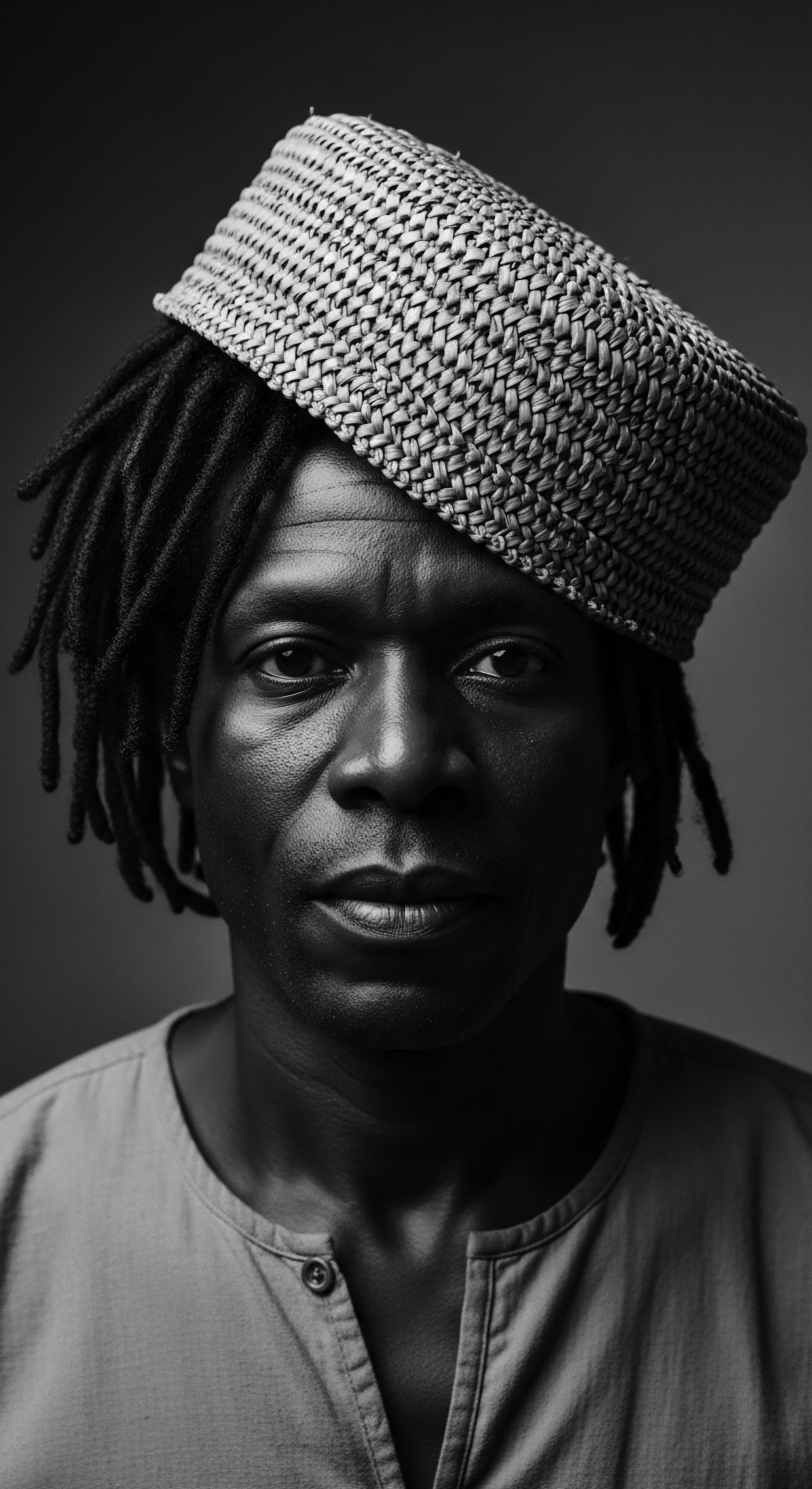
Intermediate
Building upon the foundational understanding of hair’s elemental biology, the intermediate exploration of Heritage Understanding expands into its vibrant cultural and communal dimensions. This phase illuminates how hair transitioned from a purely biological feature into a powerful canvas for identity, a medium for storytelling, and a conduit for intergenerational wisdom. The focus here shifts to the living traditions and shared experiences that have shaped and continued to shape the perception and care of textured hair across the Black and mixed-race diaspora.
Heritage Understanding, at this level, recognizes hair as a dynamic archive, a visual chronicle of history, status, and belonging. The styles, adornments, and rituals associated with textured hair were never static. They evolved with societies, adapted to new geographies, and became potent symbols of resistance and affirmation in the face of adversity. This deeper meaning acknowledges the deliberate choices and collective expressions embedded within every braid, twist, and sculpted form.

The Tender Thread of Community Weave
Hair care in many ancestral and diasporic communities was, and remains, a deeply communal activity. It was a space for sharing stories, transmitting knowledge, and reinforcing social bonds. The act of braiding a child’s hair, for instance, became an intimate lesson in patience, care, and cultural continuity.
These moments, often happening in hushed, sacred spaces within homes or communal gatherings, were incubators of Heritage Understanding. They solidified the meaning of hair beyond its physical presence, imbuing it with collective memory and future aspirations.
The transfer of knowledge from elder to youth was primarily an oral and tactile tradition. Grandmothers and mothers taught techniques not through written manuals, but through the gentle tug of fingers through coils, the rhythmic sound of a comb, and whispered anecdotes. The textures of hair became familiar through touch, the resistance or flow of strands guiding the hands.
This kinesthetic learning deepened the sensory understanding of hair, linking its care inextricably to embodied historical memory. The shared experience within these spaces solidified not only practical skills but also a collective cultural meaning of hair.
The intermediate embrace of Heritage Understanding reveals hair as a dynamic archive, constantly re-written and re-read through communal practices and intergenerational narratives.
In many instances, hair practices were also vital expressions of collective identity and social structure. Different styles might signify age, marital status, tribal affiliation, or even one’s role within the community. For example, specific braiding patterns in ancient African societies were not merely decorative; they conveyed information and identified individuals as belonging to particular groups or holding specific responsibilities.
The intricate designs carried meaning, understood by those within the cultural fabric. This symbolic language, expressed through hair, broadened the scope of Heritage Understanding to encompass social cohesion and communal signification.
- Rites of Passage ❉ Hair styling marked transitions from childhood to adolescence, or from singlehood to marriage, symbolizing new societal roles.
- Social Stratification ❉ Certain elaborate styles or the use of precious adornments could indicate high status, wealth, or spiritual authority within a community.
- Group Identification ❉ Distinct braiding patterns, sometimes unique to a particular clan or village, served as clear visual markers of belonging and heritage.
The communal dimension of Heritage Understanding also manifests in the shared understanding of protective styles. Braids, twists, and locs, beyond their aesthetic appeal, served as practical methods of protecting textured hair from environmental damage, reducing manipulation, and promoting length retention. This collective knowledge of protective styling, passed down through generations, attests to an inherent wisdom about hair health that predates modern cosmetology. The choice of a particular protective style often carried implications of history, survival, and a deep, shared experience.
This intermediate stage of Heritage Understanding thus moves beyond the individual strand to consider the broader human context ❉ the hands that tended it, the stories shared around it, and the meanings society ascribed to it. It underscores the powerful communal thread that has always connected textured hair to its collective past and present.
| Historical Context Pre-Colonial Africa (e.g. Igbo, Yoruba) |
| Method of Knowledge Transfer Oral traditions, apprenticeship within families, community grooming sessions |
| Significance for Heritage Understanding Deepens collective understanding of hair's cultural, spiritual, and social roles. |
| Historical Context Enslavement/Post-Emancipation Diaspora |
| Method of Knowledge Transfer Covert transmissions within kinship networks, adaptation of available resources, survival strategies |
| Significance for Heritage Understanding Illustrates resilience and ingenuity in preserving hair practices as acts of cultural defiance and continuity. |
| Historical Context Mid-20th Century to Present (Natural Hair Movement) |
| Method of Knowledge Transfer Digital platforms, communal meet-ups, continued family traditions, scientific validation of traditional practices |
| Significance for Heritage Understanding Expands reach and validates ancestral methods through modern insights, affirming inherited knowledge. |
| Historical Context The enduring nature of textured hair care knowledge, adapting through time while retaining its core heritage. |
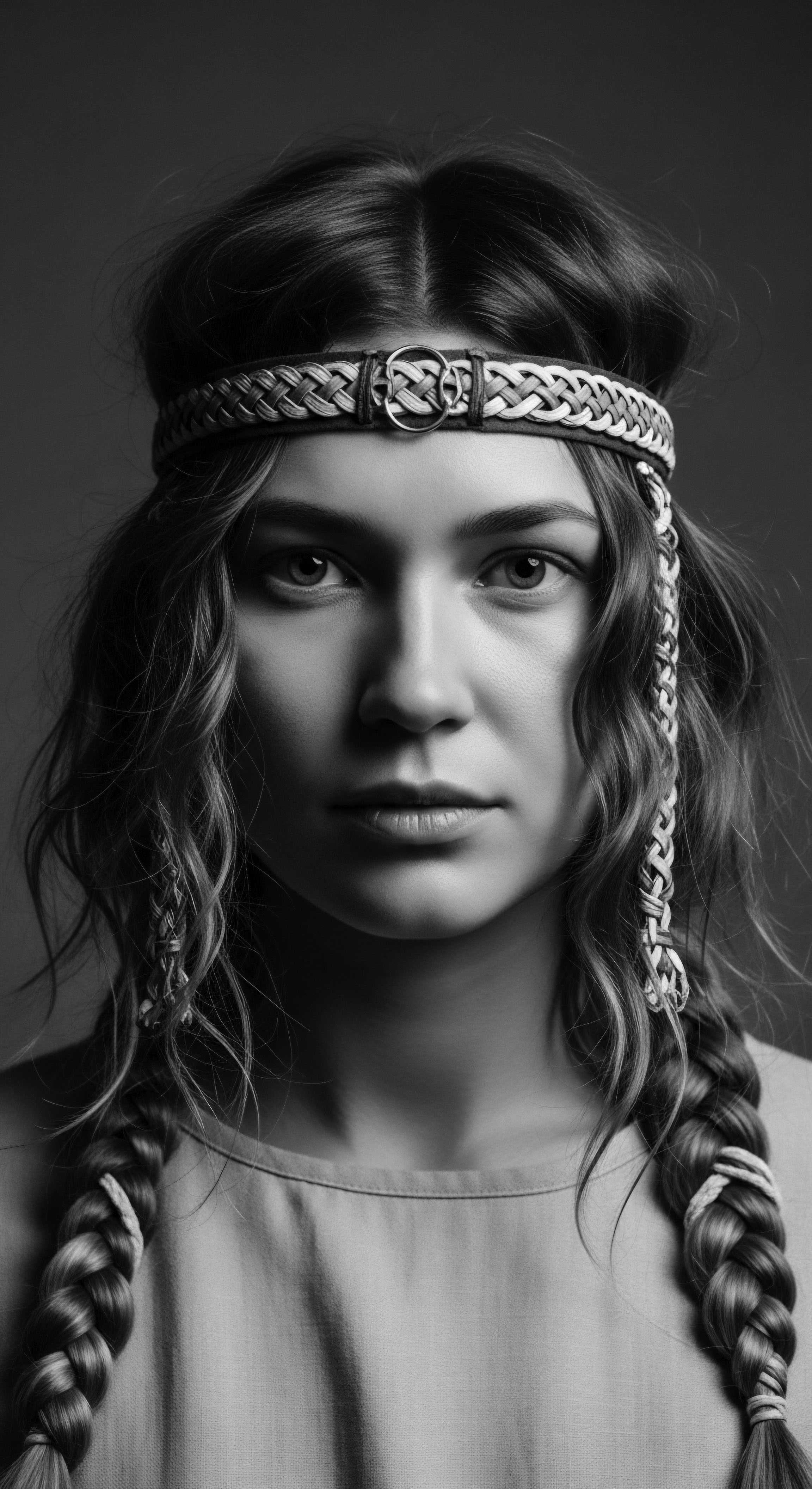
Academic
The academic understanding of Heritage Understanding represents the most rigorous and multi-disciplinary lens through which we scrutinize the profound connections between textured hair, its ancestral legacy, and its contemporary meaning. This level of inquiry delves into the complex interplay of biological anthropology, cultural sociology, historical studies, and even psychophysiology, providing a comprehensive elucidation of how deeply hair is interwoven with identity, resistance, and well-being across Black and mixed-race experiences. Here, the meaning of Heritage Understanding is not merely descriptive; it becomes an analytical framework for interpreting cultural phenomena.
At its core, Heritage Understanding, from an academic perspective, is the systematic recognition that textured hair serves as a unique bio-cultural marker, indexing a complex array of historical migrations, colonial impacts, social constructions of beauty, and resilient self-affirmation movements. Its interpretation necessitates a critical analysis of how ancestral practices, often dismissed or denigrated by dominant societal norms, held sophisticated scientific rationales and deep psychological significance. This robust interpretation acknowledges the inherent intelligence embedded within traditional hair care paradigms, often preceding contemporary dermatological or trichological discoveries.

The Biology of Belonging
The biological architecture of textured hair, characterized by its elliptical cross-section, high curl density, and unique cuticle structure, contributes to its distinct properties, such as a propensity for dryness and fragility, yet also extraordinary volume and versatility. From an academic viewpoint, Heritage Understanding requires an exploration of how these biological predispositions informed ancestral care strategies. For instance, the traditional emphasis on infrequent washing, deep oiling, and protective styling within many African and diasporic communities aligns perfectly with the biological need to retain moisture and minimize mechanical stress on highly coiled strands. This is not simply anecdotal custom; it is an optimized response to genetic reality, refined over countless generations.
Anthropological studies highlight how the hair follicle’s morphology influences the hair’s mechanical properties, such as tensile strength and elasticity. Researchers like Khumalo, Ngwanya, and Veller (2007) have examined the structural differences of various hair types, indicating that African hair, with its unique twisting and flattening characteristics, presents specific vulnerabilities to breakage if not handled appropriately. Ancestral communities, lacking microscopes and protein assays, nevertheless developed sophisticated methods—like slow-drying techniques, braiding for tension distribution, and plant-based humectants—that implicitly addressed these very biological realities. This convergence of inherited practice and modern scientific validation reinforces the analytical meaning of Heritage Understanding.

Hair as Resilient Archive
The historical trajectory of textured hair, particularly within the Black diaspora, reveals a continuous narrative of resilience, adaptation, and symbolic resistance. Academic inquiry into Heritage Understanding necessitates an examination of how hair became a profound site for encoding collective memory and cultural survival. During periods of immense societal upheaval, such as transatlantic enslavement, traditional hair practices became covert acts of preservation and communication.
Academic inquiry frames Heritage Understanding as the systematic recognition of textured hair as a unique bio-cultural marker, indexing history, resistance, and well-being.
The Saramaccan Maroon communities of Suriname and French Guiana offer a compelling case study illuminating this deep, almost sacred connection between hair, ancestry, and survival. Descendants of self-liberated Africans who established independent societies in the rainforests, the Saramaccans meticulously maintained and innovated upon their ancestral hair traditions. As J. K.
Adewale articulates in “Maroon Aesthetics and the Art of Survival” (2015), the intricate braiding patterns seen in Saramaccan culture were not merely decorative. They served as vital mnemonic devices, carrying hidden messages, mapping escape routes, and preserving crucial information from generation to generation. For example, certain cornrow patterns, observed through oral histories and ethnographic study, are understood to have symbolized particular geographical features or provided blueprints for navigating the treacherous jungle terrain, guiding those seeking freedom. This function extended beyond mere survival; it affirmed a distinct cultural identity forged in defiance and a continued lineage of autonomy.
Adewale (2015) elaborates how the meticulous, often hours-long, process of creating these styles became a communal ritual, reinforcing social bonds and transmitting cultural knowledge in a deeply tactile and performative manner. This specific historical example powerfully demonstrates Heritage Understanding as an active, living archive, where the very act of hair styling becomes a medium for historical preservation and a testament to an unbroken lineage of self-determination.
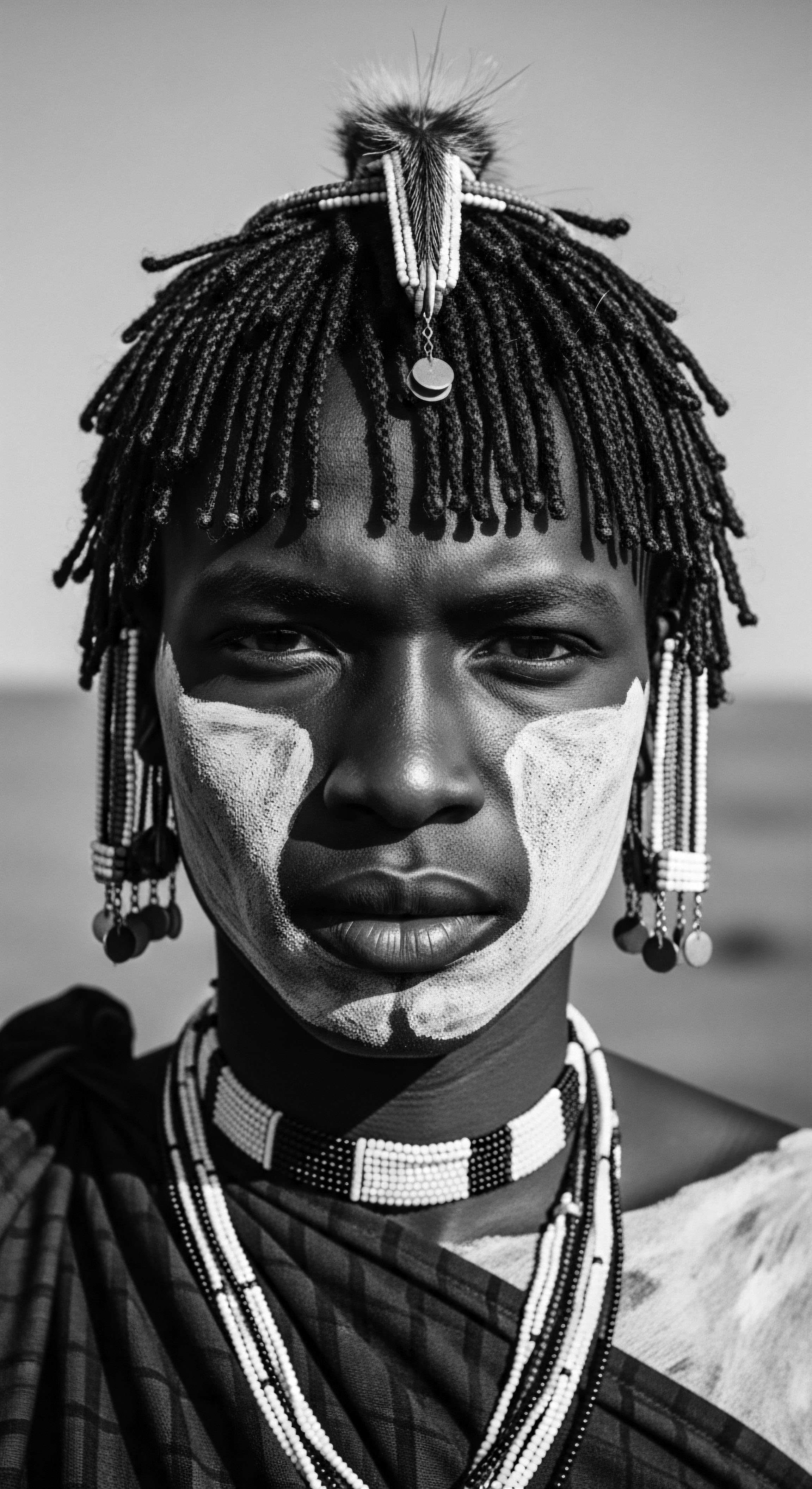
Societal Reflections and Resistance
Beyond individual and communal practices, Heritage Understanding probes the complex societal reception of textured hair and the subsequent movements for its reclamation. The historical marginalization and denigration of Black and mixed-race hair textures within Eurocentric beauty standards represent a significant disruption to inherent Heritage Understanding. Academic perspectives analyze how colonialism and subsequent racial hierarchies imposed aesthetic norms that often pathologized textured hair, encouraging practices that sought to alter its natural state.
The mid-20th century, particularly the Black Power Movement, catalyzed a powerful re-examination of Heritage Understanding. The embracing of the Afro, for instance, became a potent symbol of self-acceptance, political defiance, and a conscious return to ancestral aesthetics. This was not a superficial trend; it was a profound socio-cultural statement that directly challenged imposed beauty ideals and reasserted an inherent value in Black hair.
The academic interpretation here examines how this movement, and subsequent natural hair movements, function as acts of cognitive liberation, re-establishing an understanding of beauty rooted in authentic heritage rather than external validation. It addresses how the collective decision to wear natural hair publicly impacted perceptions of Blackness, identity, and socio-political agency.
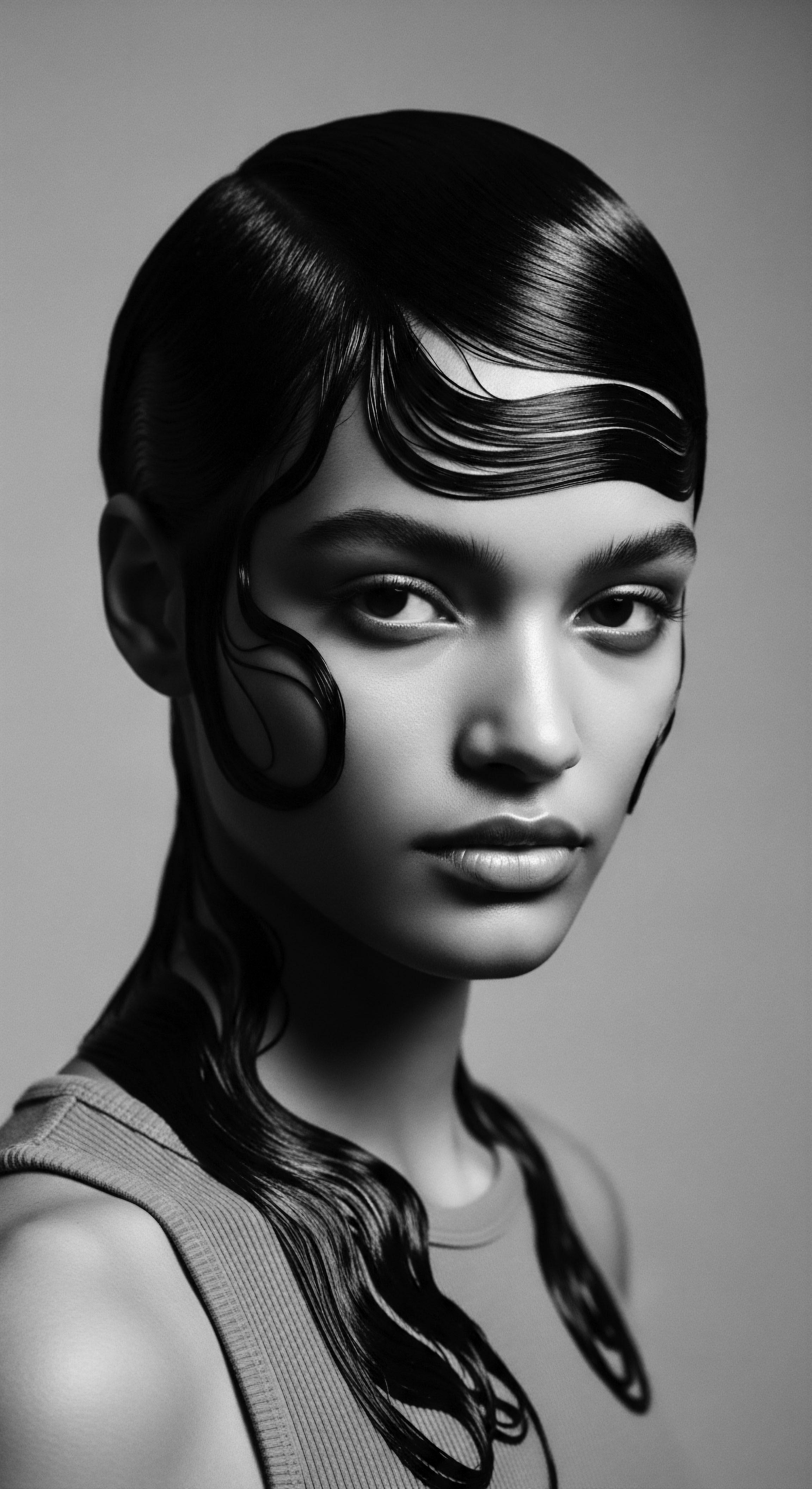
The Future Unbraided
The contemporary academic meaning of Heritage Understanding extends to its implications for future generations. It calls for the systematic documentation and validation of ancestral knowledge, integrating it with modern scientific advancements without compromising its cultural integrity. This involves developing hair care formulations that respect the unique biology of textured hair, advocating for policies that prevent hair discrimination (such as the CROWN Act in the United States), and fostering educational curricula that celebrate the rich heritage of Black and mixed-race hair.
The aim is to bridge historical wisdom with present-day scientific understanding, creating a holistic framework for hair wellness that is culturally resonant and empirically sound. This nuanced approach recognizes that Heritage Understanding is not a static concept relegated to the past; it is a dynamic, evolving framework that continuously informs how textured hair is perceived, cared for, and celebrated in an increasingly interconnected world. The future of Heritage Understanding demands an ongoing dialogue between historical memory, scientific discovery, and contemporary experience.
| Care Principle Moisture Retention |
| Traditional Practice/Understanding Regular oiling with natural butters (e.g. shea, cocoa), co-washing, infrequent shampooing. |
| Modern Scientific Correlation Lipids (oils) create a hydrophobic barrier, minimizing water loss. Co-washing reduces surfactant stripping. |
| Care Principle Protective Styling |
| Traditional Practice/Understanding Braids, twists, cornrows, locs to minimize manipulation and exposure. |
| Modern Scientific Correlation Reduces mechanical friction, limits environmental damage (UV, pollution), and promotes length retention by preventing breakage. |
| Care Principle Scalp Health |
| Traditional Practice/Understanding Herbal rinses (e.g. rosemary, neem), massaging with light oils. |
| Modern Scientific Correlation Antimicrobial and anti-inflammatory properties of herbs; massage improves circulation to hair follicles. |
| Care Principle Gentle Detangling |
| Traditional Practice/Understanding Finger detangling, wide-tooth combs, detangling wet hair with conditioner. |
| Modern Scientific Correlation Reduces tensile stress on fragile coiled hair, preventing cuticle damage and breakage. |
| Care Principle Ancestral practices, developed through generations of empirical observation, often possess a deep scientific foundation for textured hair care. |
The academic pursuit of Heritage Understanding thus cultivates a deeper appreciation for the complex interplay between genetic inheritance, cultural expression, and societal impact. It provides a robust interpretive lens, allowing for a more complete comprehension of the enduring meaning and significance of textured hair in human experience.

Reflection on the Heritage of Heritage Understanding
The journey through Heritage Understanding, from its elemental biological roots to its complex academic interpretations, reveals a profound truth ❉ textured hair is a living testament to an unbroken lineage of wisdom, beauty, and survival. It is a physical manifestation of ancestral ingenuity, a chronicle of resilience etched into every coil and curl. To truly embrace Heritage Understanding is to acknowledge this deep, sacred connection, allowing it to inform not only how we tend to our strands but also how we perceive ourselves within the grand continuum of history.
The echoes from the source, the tender thread of communal practices, and the unbound helix of identity and future aspirations all converge within the essence of each individual’s textured hair. It reminds us that our hair is a heritage, a gift passed down through the ages, carrying stories whispered across generations. This inherited knowledge is a wellspring of empowerment, guiding us toward practices that honor our unique biological makeup and celebrate our distinct cultural narratives.
Understanding this heritage means recognizing the profound strength residing within the very structure of textured hair, a strength often challenged but never truly diminished. It is a call to cherish the ancestral wisdom that anticipated modern scientific insights, a reaffirmation of the deep intuition embedded within historical care rituals. In every gentle detangling, in every protective style, and in every moment of shared grooming, we connect to a legacy that transcends time, securing our place within the vibrant narrative of textured hair. Our relationship with our hair thereby becomes an ongoing conversation with our past, a reaffirmation of our present, and a hopeful declaration for our future.
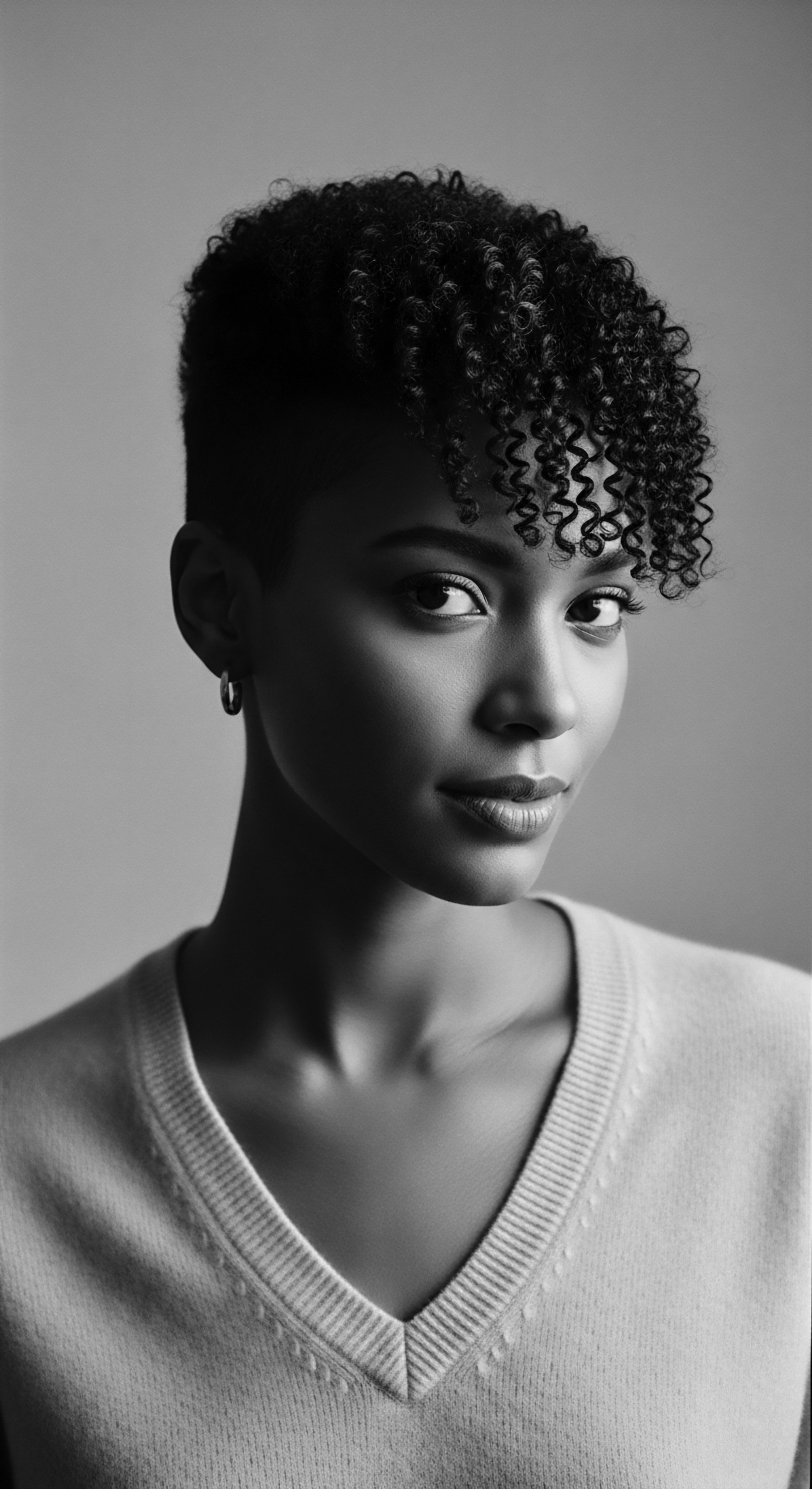
References
- Adewale, J. K. (2015). Maroon Aesthetics and the Art of Survival ❉ Cultural Expressions of Resistance. University Press.
- Byrd, A. D. & Tharps, L. D. (2014). Hair Story ❉ Untangling the Roots of Black Hair in America. St. Martin’s Press.
- Khumalo, N. P. Ngwanya, R. & Veller, M. (2007). The Hair Follicle ❉ A Unique Biological Structure. International Journal of Dermatology, 46(1), 1-8.
- Mercer, K. (1994). Welcome to the Jungle ❉ New Positions in Cultural Studies. Routledge.
- Patton, M. F. (2006). African-American Hair ❉ A Cultural and Historical Approach. University Press of Mississippi.
- Sherrow, V. (2006). Encyclopedia of Hair ❉ A Cultural History. Greenwood Press.
- Sweet, L. D. (2017). Hair in African Art and Culture. Museum for African Art.
- Tate, S. (2007). Black Beauty ❉ Aesthetics, Culture, and Identity. Palgrave Macmillan.
